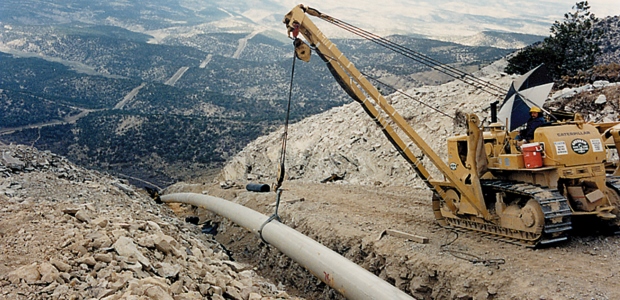
Canada's National Energy Board to Require More Emergency Info at Pipeline Application Stage
"Canadians have told us that they want more information about a company's emergency response information at the earliest stages of a proposed project. These changes will foster increased understanding among stakeholders, hearing participants, NEB experts, and panel members regarding a company's plans to respond should an emergency occur," said Peter Watson, chair and CEO of the board.
Canada's government announced Jan. 11 that the country's National Energy Board will require companies to provide more emergency response detail during the pipeline application phase of a project, saying public input during a 60-day comment period informed the move. When it is implemented into the NEB Filing Manual, company applications may be deemed incomplete if the additional emergency response information is not included or could be required to submit additional information before a hearing begins.
"This is a significant change that addresses increased requests for company emergency response information, from the Board and other hearing participants, during recent application and hearing processes," the government's announcement stated.
The proposed changes will require these:
- Detailed company consultation on emergency management
- More technical information on emergency response impact assessment and mitigation
- Project-specific emergency preparedness and response detail
- Project-specific safety and environmental protection measures
- Revisions that reflect NEB's requirement for company Emergency Procedures Manuals to be posted online
"Canadians have told us that they want more information about a company's emergency response information at the earliest stages of a proposed project. These changes will foster increased understanding among stakeholders, hearing participants, NEB experts, and panel members regarding a company's plans to respond should an emergency occur," said Peter Watson, chair and CEO of the board.
During 2015, the board received 54 facilities applications and its staff participated in 20 emergency response exercises and reviewed more than a dozen Emergency Procedures manuals. The National Energy Board is an independent federal regulator of several parts of Canada's energy industry; it regulates pipelines, energy development, and trade. For more information, visit www.neb-one.gc.ca.